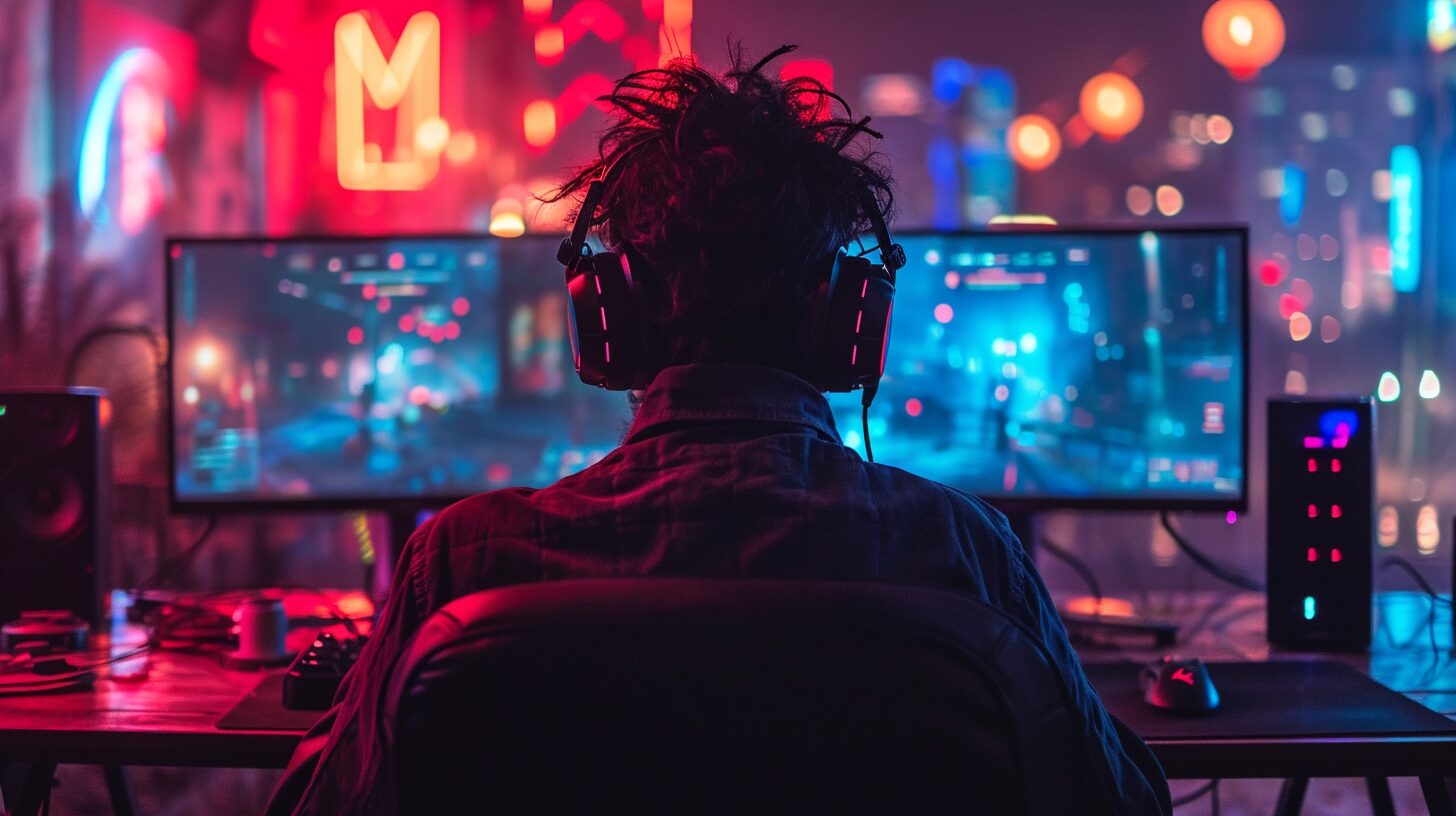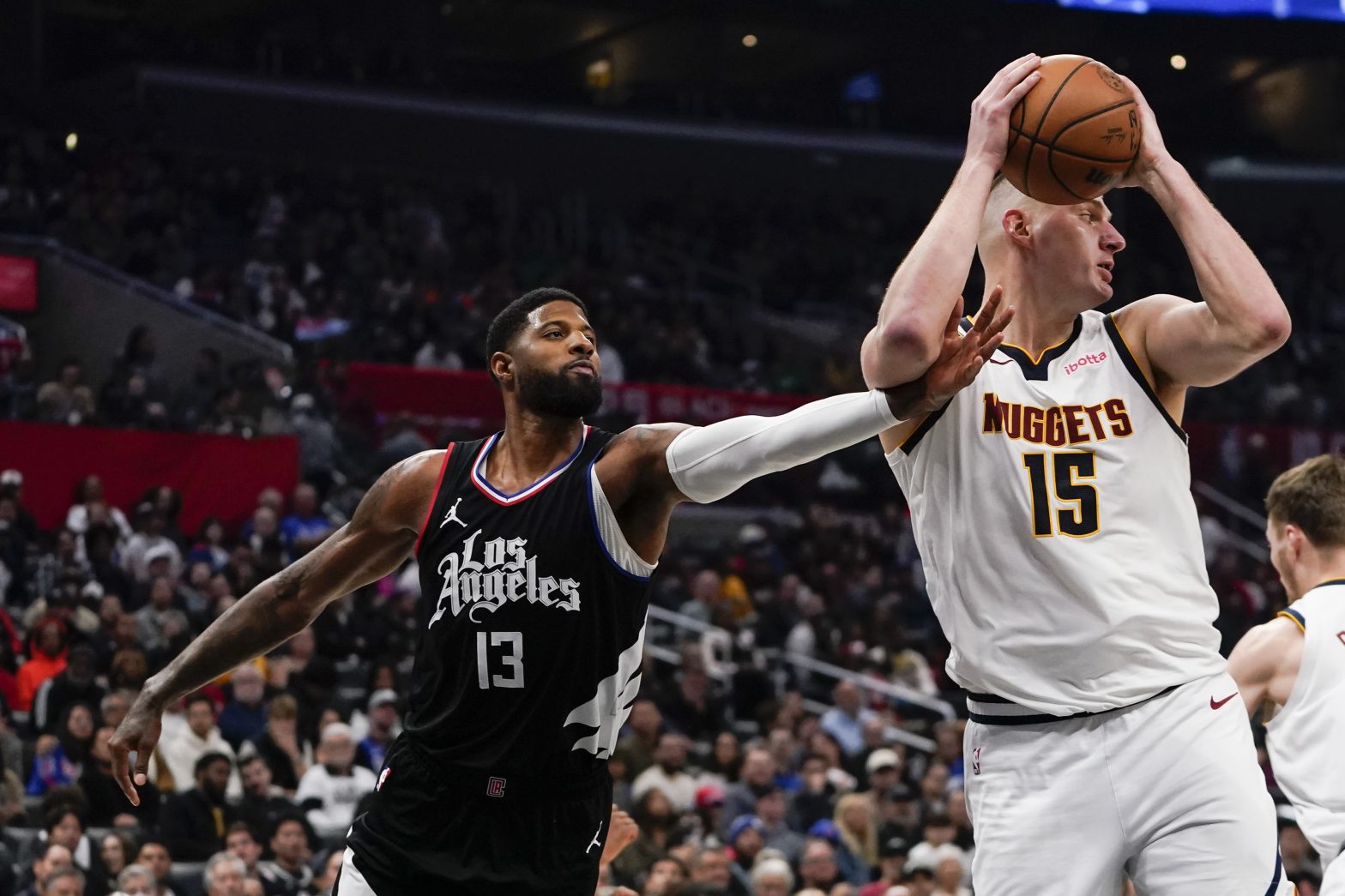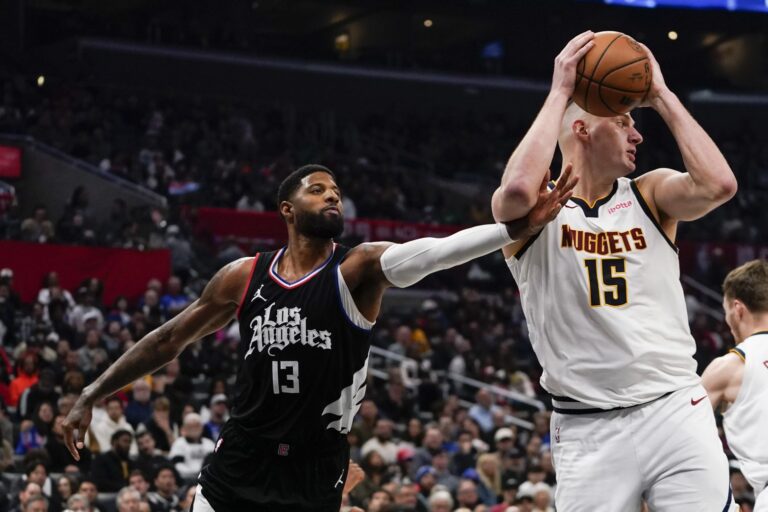Picking the perfect monitor for gaming’s kinda like choosing your gear before dropping into a virtual battleground; size does matter (study). Bigger usually means better when you wanna dive deep into those lush game worlds, with ultra HD making every pixel count. Gamers are a picky bunch, but who can blame us when the sweet spot between too small and ‘I cannot even see my own desktop’ can mean the difference between glorious victory and epic facepalm.
Consider those 4K monitors with their crisp 4K resolution, reeling you in with that eye-candy sharpness. And don’t even get me started on refresh rates; a 27-inch display hitting that golden 144Hz refresh rate is like butter on toast — smooth and utterly satisfying.
You gotta think about scaling too—those UI elements gotta be just the right size; too tiny and you’re squinting, too big and it’s like gaming on your grandpa’s old tube TV.
Key Takeaway
-
- 24/25-inch Monitors: Popular for gaming, offering a balance between size and detail. Ideal for competitive FPS gaming due to their size allowing players to see the entire screen without much head movement. These monitors are also more affordable, making them a good choice for budget-conscious gamers
- 27-inch Monitors: Considered a versatile size for gaming and productivity tasks. They provide a larger screen than 24-inch monitors without compromising pixel density or image quality. This size is often preferred for its balance between sharpness and screen real estate
- 28-32-inch Monitors: Best for those seeking an immersive gaming experience, especially for single-player or adventure games. These monitors usually support higher resolutions like 1440p or 4K but might not be as suitable for competitive high FPS gaming due to their size
- Ultrawide Monitors: Offer a wider field of view, ideal for immersive gaming or multitasking. They come in various sizes and aspect ratios, enhancing the gaming experience by providing a broader view of the game world. However, some games may not support the ultrawide aspect ratio
Exploring the Significance of Monitor Size in Gaming
Let’s get real for a second, size isn’t just a number when it comes to monitors. It’s the stage for all the action, the canvas for those stunning game vistas. And let’s not be shy, bigger often feels better. When you’re gunning down zombies or speeding on a racetrack, that extra screen real estate means more room to see the action and react faster than a cat on a hot tin roof.
Yet, it ain’t just about going big or going home. Gamers need a balance like a tightrope walker—too small and you miss the details, too large and you’re playing tennis with your eyeballs tracking all the action. The 4K monitors bring in the Ultra HD party, with that 4K resolution giving you detail like you read about in game magazines, on screens where pixels are so dense, they’re practically cuddling.
Add that to a gaming PC with muscles and you’ve got a winner.
How Monitor Size Influences Gaming Experience
Ever notice how when you’re gaming on a big screen everything just pops? Monsters look monstrous and space battles feel, well, spacious. That’s because 4K monitors deliver the goods with that 4K resolution. You’ve got room to show off every HD resolution detail, which is kinda like getting a front-row seat at the movies every time you power up.
But let’s face facts, not all games are made the same. Some are more like Where’s Waldo with tiny details scattered all over. The right monitor size makes sure you’re not putting on reading glasses to make out the HD resolution or losing your marbles because you missed some stealthy ninja lurking in the pixel shadows.
This study said:
Display size can impact visual perception, even when FoV is unchanged. To maintain FoV, screens of larger size must be placed at correspondingly longer distance. This affects both optical blur (defocus of a retinal image) and binocular disparity (slight differences between the retinal images of the two eyes). Blur and disparity are best described using diopters (D), the inverse of distance to an object measured in meters (m): D = 1/m. Blur is proportional to the difference between the eye-to-object and eye-to-point of focus dioptric distances, while disparity is proportional to the difference between the eye-to-object and eye-to-point of fixation (where the two eyes’ sight lines converge) dioptric distances [Held et al. 2012].
The Role of Field of View
Here’s the scoop on field of view: it’s like your digital peripheral vision. Whether you’re stalking prey across the savannah or sniping troublemakers from a bell tower, you want that widescreen to catch all the action lurking just off-screen. It’s all about seeing more game without flipping your camera around like some head-spinning exorcist move.
Spatial Awareness and Immersion
Immersion’s the name of the game, friend, and ain’t nothing breaks that spell like a screen too small to house your adventure. You want that monitor size big enough to wrap you up in its pixelated embrace, make you feel all snug and right in the thick of the action. It’s the difference between watching a fireworks show and holding the sparkler yourself!
Monitor Size Versus Gaming Genres
Alright, time to talk genres. Your fast-paced FPS and action games are like energy drinks—they need space to explode and spew all that chaotic goodness. You want a monitor that can handle the speeds without blinking, kinda like a seasoned sheriff in a Wild West shootout.
But then, you waltz into the grand worlds of strategy and RPGs, where it’s not all about the fast draw but the long game. Here, details are king, and the HD resolution is the throne; you gotta see the lay of the land, and catch those sneaky elves hiding in the tree bark.
It’s more chess match than boxing ring, with the screen size tipping the scales between rookie and grandmaster strategies.
FPS and Action Games: The Need for Speed and Space
When it comes to FPS and action, you’re in the business of quick flicks and licks. You need a widescreen to capture all the mayhem without your eyes running a marathon. It’s the visual equivalent of having a high-speed sports car – you gotta see everything at breakneck speed.
Strategy and RPGs: Detail and Depth Perception
In the lands of strategy and RPGs, size does a different dance. It’s about soaking in the views, predicting enemy maneuvers, and noticing that little shimmer that screams, “There’s loot here!” A big enough screen lets your eyes wander and drink in all that detail without missing a beat. Read this Reddit discussion!
Finding the Perfect Fit: A Look at Popular Monitor Sizes
First at all, gamers said that : Extra Monitors DO Hurt Your Gaming Performance
Finding the one that just feels right? Now we’re talking. There’s a smorgasbord of sizes out there and finding that gem among the stones ain’t easy. We got 24-inch lean mean competitive machines, 27-inch jackpot of visuals and desk space, and the grand-daddy 32-inch monsters that bring the theater home. We already have article to compare this screen sizes!
Each size has got its own charm, like different sized gloves for different hands. And it’s not just about the games – it’s about the whole shebang, your gaming den, and how far you’re sitting from the screen without doing a backbend. Let’s scope out the sizes that have gamers sending love letters to Santa.
The Sweet Spot: Why 27-Inch Monitors Reign Supreme
Peep this: 27-inch monitors are where it’s at. They’re the go-to guys, striking that cozy middle ground where you get all the eye candy of 1440p or 4k without needing a desk the size of Texas to house it. That’s a win-win in my book.
Balancing Performance and Desk Real Estate
You’ve gotta balance the scales between your rig’s muscle and the size of your command center. What’s the point of a mega screen if you’ve to sit in the next room to get it all in view or give up on desk space for actual, you know, work?
The Case for 24-Inch Monitors in Competitive Gaming
Listen here, esports enthusiasts, 24-inch monitors are your best buddies. They’ve got the native resolution that keeps everything crystal without letting a single pixel out of place. Plus, being g-sync compatible, they play nice with the graphics card, making those frames smoother than a baby’s bottom.
And don’t even think these screens slack on speed. They’re the ninjas of the monitor world, with refresh rates that make it seem like the game’s unfolding right in your noggin. When the stakes are high and every millisecond counts, you want that precision like a sushi chef wants his knife – sharp and on point.
Maximizing Refresh Rates and Response Times
Now picture this, you’re deep in the zone, and all that matters is the monitor refresh rate that keeps up with your lightning reflexes. You want that 144hz or 240hz dancing with your GPU, offering you a tango of smooth motion that’ll make your heart skip a beat. That’s the dream, folks.
This interesting study said:
Refresh rate can affect the game experience of those who play fast paced shooter games in two ways, or it might have no effect at all. If the player is experienced in the game and has fast reflexes, they might see an improvement in their performance.
The second effect is more indirect in nature. If the player feels that the game is smoother while being displayed on higher refresh rate, it can improve their visual experience of the game.
Going Big: When a 32-Inch Display Makes Sense
Some of y’all are thinking big—like Texas-big. Enter the 32-inch gaming monitors; these beasts are for those who like their games larger than life, with enough real estate to set up a pixelated picnic. These monsters are perfect for immersive single-player experiences that you wanna just lose yourself in.
And why not? With hdmi 2 and other fancy ins and outs, these humongous canvases are about showing off every speck of your game’s beauty. Stick one of these in your war room, and it’s not just a monitor; it’s a window into the worlds we love to escape to.
The Allure of 4K Gaming
If 4K gaming was a dance, it’d be the tango—intense and captivating, with every step checking for footwork that’s both intricate and sensational. You’re getting the sharpest pictures that human eyeballs can appreciate on a canvas big enough to make Raphael weep. You get into 4K gaming and suddenly, going back to lower resolutions feels like swapping a steak for a hamburger.
Ultrawide Monitors: When More Is More
Let’s talk ultrawide monitors – the behemoths on your desk that promise an ultimate immersive experience. These wide boys rock aspect ratios like 21:9 or 32:9, giving you heaps of screen space to soak in every detail of your game. If you fancy yourself sitting in the pilot seat zipping through galaxies or want to feel like you’re actually in the battlefields, this is your ticket to the big leagues.
Pop one of these on your desk, and your gaming cave just got a major upgrade.
Take the Sceptre 34-Inch Curved Ultrawide, a solid pick with its 3440×1440 Quad HD resolution that ensures you’re absorbing all the pixel density without squinting your eyes off. And here’s a tidbit: a 34-inch ultrawide with this resolution has pixel density pretty much on par with a 27-inch 1440p monitor. So, you’re snagging more real estate without sacrificing the crispiness of those graphics. Mix in a 165Hz refresh rate and a response that’s quicker than a hiccup, and, buddy, you’ve hit the jackpot for screen performance.
Pros and Cons of Immersive Gaming on Ultrawide Screens
Now, with ultrawide monitors, it’s not all roses and rainbows. Your games will stretch out, filling your peripheral view and cranking up the immersion to eleven – that’s a big pro. On the downside, you might feel a bit of eye strain after marathon sessions because there’s just so much to take in. Plus, these wide screens could make social gaming a stretch, literally, as sharing your epic gameplay with a buddy sitting next to you can be awkward due to their angles. But, when solo play is your jam, and feeling ‘in’ the game is what you want, ultrawide is your go-to superstar.
Understanding Technical Aspects That Complement Monitor Size
Alright, let’s geek out a bit on some nitty-gritty tech talk. Monitor size ain’t just about slap-your-forehead-wow factor; it’s the blend of size, resolution, and aspect ratio that makes your eyes weep with joy when blasting through video games.
Your monitor’s diagonal measurement sets the stage, but it’s the collaboration with the screen’s resolution and aspect ratio that brings in the standing ovation for your gaming exploits.
Righto, your average Joe rocks anything from a 20-inch monitor up to some serious 34-inch beasts. Bigger screens mean you’re looking at the height of the screen and the number of horizontal pixels going up, giving you more of those juicy picture details. It’s a bit like serving up a feast for your eyes; every tasty pixel is another flavor to savor.
However, throwing a massive screen on a tiny desk? Now that’s a jigsaw puzzle nobody wants to play. Size matters, folks, but so does space.
Resolution and Monitor Size: A Match Made in Gaming Heaven
When we’re jamming about gaming monitors, size and resolution are like peanut butter and jelly – they just gotta go together. You wouldn’t slap a 4K resolution on a minuscule monitor; that’s like putting racing stripes on a lawnmower.
Nah, you pair that sweet high-res action with a big ol’ display to really let those colors pop and the detail shine. Like a 4k gaming monitor on a spacious 32-inch screen, where you don’t need to squish or stretch anything to get a crystal-clear battlefield in front of you.
From Full HD to 4K: What’s Right for Your Monitor Size?
Diving into resolutions, we’ve got our Full HD, the standard bearer, and then there’s 4K, which is like HD on steroids. Now, monitor size for gaming plays nice with screen resolution. It’s a balancing act – too little of a screen, and that 4K is just overkill; too big without the right pixels, and you’re pixel hunting like it’s a Where’s Waldo book.
Screen resolutions significantly impact the quality, so matching it right gives you a display that’s not only killer for games but easy on the eyes too. It’s all about getting that sweet spot for your gaming displays.
Refresh Rate: The Invisible Advantage in Gaming Displays
Alright, let’s rap about refresh rate. Think of it as the grease on the skillet – it’s what makes your gaming as smooth as butter. A high refresh rate lets your monitor show off each frame of the game with the grace of a ballet dancer.
And when you’re dealing with curved monitors, that curved screen wraps around you, bringing every smooth motion right into your line of sight, making sure you don’t miss a beat – or a bad guy. Take a look our article where you can check what is better for you: Curved or Flat monitor!
Now, a 144Hz refresh rate; that’s the sweet spot where things get real zippy without making your wallet cry. Sure, there are monitors that brag about higher rates, but remember, the difference between 144Hz and anything higher is like trying to hear a pin drop at a rock concert – you know it’s there, but good luck catching it among the noise.
It’s all about knowing what’s worth paying for when your frame rate wants to climb every mountain.
144Hz and Beyond: Is Faster Always Better?
Think of 144Hz as the reliable workhorse in the stable – it gets the job done for most gamers. Need more room on your desk space? A 24-inch monitor rocking that 144Hz is your compadre. Got a little more room to stretch out? Then a 27-inch monitor can bring that same smooth experience with a bit more screen to ogle. But let me tell you, whether it’s 27 or 24-inch monitors, once you push past that 144Hz, you’re wading into waters where the changes are more for bragging rights than actual gameplay magic.
Response Time: Why It Matters in Monitor Selection
Response time is like the reflexes of your monitor – it’s how quick on the draw it is when the action gets hot. Nobody wants their epic monster takedown marred by a mucky trail because the monitor shows its age like a grandpa in a foot race. Swift response, swift victory, my friends.
Minimizing Ghosting and Blurring in Fast-Paced Games
In the heat of the action, ghosting and blurring are like uninvited guests crashing the party. You want your screen real estate to be as free from these troublemakers as possible. Pick a monitor that knows how to handle itself when the pace picks up – kinda like choosing a partner for a sprint; you want the one that won’t trip you up.
The Ergonomics of Gaming: Positioning and Viewing Distance
Take a seat, fellow gamers – let’s chinwag about the throne from which you rule your digital kingdoms. Ergonomics in gaming isn’t just a fancy word your chiropractor throws around; it’s the lifeline to enjoying your marathon sessions without feeling like you’ve been on a 10-round bout with your gaming chair.
This studies said:
Based on the two way ANOVA result, it was revealed that screen size (F = 22.24, p<0.001) and viewing distance (F = 3.07, p = 0.047) were the significant factors that affect the game performance. There was no significant interaction effect of screen size and viewing distance (F = 0.80, p = 0.524). The game performance was significant lower when the screen size less or equal than 1 m, but the game performance for 6 m viewing distance was much better than 3 m. The main reason maybe because the participant felt that it was more maneuverable with farther distance. Near distance would make the participant more uncomfortable to use the remote controller and could not see the whole screen clearly which lower the average score.
Optimal Viewing Distance for Different Monitor Sizes
Stretch your legs, ’cause we’re diving into the science of sitting pretty. Optimal viewing distance changes with the monitor size you’re sporting. Whether it’s 24-inch monitors for those heated competitive gaming sessions or sprawling 32-inch screens for an epic 4K narrative adventure, you’ve got to measure that sweet spot where everything looks crisp without your neck doing the tango.
How to Calculate the Best Seat in the House
Gather ’round, monitor size for gaming isn’t just pick and play. Figuring out your viewing distance is the key to a picture-perfect session. Got an oled monitor or a 4k gaming monitor?
For these high-end beauties, a simple rule is to sit back one and a half to two times the height of the screen – that way, you’re in the action without hugging your screen like a long-lost friend.
Adjusting Monitor Height and Angle for Comfortable Gaming
Ever found yourself hunched over like a gargoyle during a gaming frenzy? Woah, there, buddy. The height and angle of your screen can turn your gaming haven into a chamber of back pain if you’re not careful. It’s about setting your monitor in a way that suits your natural line of sight, so you’re not craning your neck to headshot zombies or build empires.
Tips for Avoiding Neck Strain and Eye Fatigue
Listen up, to keep those gaming marathons from turning into a neck ache festival, prop up that monitor at eye level. Then tilt it just a smidgen back – about 10 to 20 degrees – like you’re reclining for a power nap. That’s the sweet angle for kicking back without kicking yourself later for eye strain or a stiff neck. Do yourself a favor and keep those peepers and that neck in check.
Making the Right Choice: Monitor Features Gamers Can’t Ignore
We gotta wrap our heads around the bells and whistles that turn a good monitor into an epic gaming ally. From the refresh rates that make a pro gamer’s heart sing, to the sweetness of snagging a 24-inch monitor that keeps your competitive gaming edge sharp, it’s all about knowing what features will give you the edge, and trust me, you don’t wanna skimp on that.
Panel Technology: IPS Versus TN Versus VA
Let’s dive into the world of panel tech—think of it as the canvas for your virtual adventures. You’ve got IPS (In-Plane Switching), TN (Twisted Nematic), and VA (Vertical Alignment) panels. IPS panels are like the maestros of color accuracy and viewing angles, perfect for when you’re kicking back with some single-player games that are all about those lush visuals. TN panels? They’re the speed demons.
Competitive gamers love ’em because they have faster response times and sky-high refresh rates, but don’t expect to be wowed by the colors or the viewing angles. Lastly, VA panels strike a middle ground, with better color and contrast than TN, but they’re not quite as quick on the draw as their IPS counterparts.
Color Accuracy, Viewing Angles, and Speed – Making the Trade-offs
When you’re aiming for the ultimate gaming experience, you gotta weigh your options. Color accuracy and viewing angles are the bread and butter of IPS screens—perfect for when the game’s beauty is just as important as the gameplay. Take a read this study about Effects of screen size, viewing angle, and players’ immersion tendencies on game experience.
But here’s the catch: if you’re gunning for leaderboard status, that extra millisecond of response time on a TN could mean the difference between victory and defeat, with refresh rates rocketing up to 240Hz. VA’s got a decent handle on both fronts, but for the true enthusiast, personal preference will tell you where to put your money down.
Connectivity: Ensuring Your Monitor Plays Well with PC Gaming Setups
Pick a monitor, and you’re halfway there, but without the right hookups, you might as well be playing blindfolded. DisplayPort connections are the heavyweight champs of gaming, delivering the highest resolution and refresh rates without breaking a sweat. HDMI’s no slouch either, especially for high-def play. Just make sure those ports match up with your graphics cards, or you’ll be dealing with a bottleneck faster than you can say “lag.”
Important Ports and Cables for Seamless Gaming Integration
So you’ve got your heart set on some fancy new monitor sizes for gaming. The ports on the back? They’re your lifeline. HDMI and DisplayPort are the dynamic duo for high-end gaming, pushing pixels like it’s nobody’s business. Don’t skimp on quality cables either. A cheap one might save you a buck now, but when it comes to the mad dash of 2024’s most intense games, you need reliability. Thunderbolt’s another slick option, mainly if you’re in the Apple crew, but remember, it’s all about synergy with your setup.
The Impact of Monitor Size on Your Gaming Setup and Budget
Monitor size can make or break your gaming sanctuary. Go big, and you’ll have an immersive haven where every detail pops at you in 1440p gaming glory. But keep your eyes on the prize because a monster screen eats up desk real estate faster than a game dev swiping free swag at a convention.
Your wallet’s gonna feel it too, especially if you’re eyeing those expansive screen sizes with the highest resolution around. And don’t forget, more screen means more pixels to power—make sure your rig’s up for it, or you’ll be gaming in slow-mo.
Desk Space Considerations: Finding the Ideal Monitor Footprint
you better measure that desk before you start having dreams of widescreen grandeur. A mid-sized monitor, like 27 inches, usually gives you a sweet balance—it’s like having enough elbow room without crowding your mouse. But if space is tighter than a level 99 boss fight, maybe a compact 24-inch fits the bill. It’s all about how much room you’ve got versus how much game you want to see. Find that sweet spot, and your battle station will be golden.
Compact Versus Expansive Setups: What’s Best for You?
Getting the right monitor size for gaming is a bit like picking out the perfect pair of kicks—it’s got to fit just right. Compact setups with a smaller screen resolution can significantly impact how you play those faster-paced games (Check article where we compare 1080p and 1440p), keeping everything tight and focused.
But maybe you’re all about diving deep into gaming displays that unfold like a blockbuster movie. If you’ve got the space to spare, why not go big? Expansive screens can bring every pixel-painted detail to life. In the end, it’s your call.
The Cost Implication of Upgrading Monitor Size
Like stepping up from the minors to the big leagues, upping your monitor game comes with its fair share of pros and costs. Sure, climbing to a larger screen can give you an eyeful of 4K beauty, but your bank account will feel the hit just as hard as a critical strike in an RPG.
And don’t forget, the larger the monitor, the more likely you’ll need the beefy hardware to back it up. Sometimes, though, that jump from, say, a 24-inch to a beastly 32-inch is worth the extra coin—just make sure you’re ready to play ball.
Budgeting for Your Next Gaming Monitor
Eyeballing a new gaming monitor? Then it’s time to crunch some numbers. Think long-term—saving up a couple of extra months could mean stepping up from run-of-the-mill to a screen that feels like it’s from the future. Remember, the frills and thrills of high-end computer monitors don’t come cheap, so budget wisely.
Have a battle plan: prioritize features like resolution, refresh rate, and screen size. In the end, the goal’s to invest in a gaming experience that doesn’t leave you staring at your bank account in disbelief.
Conclusion: Navigating the World of Gaming Monitors for an Enhanced Experience
Does fast refresh rate provide an advantage for its user?
Yes it does, for example when turning a character in first person shooter games the
refresh rate gives a player an advantage when the monitor displays the changing picture
more often.
Alright, my fellow gamers, when you’re hunting for that perfect monitor, size does matter – but it ain’t the whole story. In this majestic world of pixels and refresh rates, snagging the ideal monitor is like hitting the jackpot. Now, I’ve seen the rise of 24 and 32-inchers, and trust me, each size has its own sweet spot.
For those intense racing games, you want a display that makes you feel like you’re the one behind the wheel, and 27-inch displays are often just the ticket, balancing a crisp image with desk space. But if you’re gunning for that noticeable improvement in graphics, and the wallet allows, level up to a 32-inch behemoth. Remember, though, you’ll need a powerful graphics card to keep up.
For my folks leaning towards competitive gaming, that refresh rate gaming can be the difference between glory and defeat, with 144Hz becoming the new norm. But don’t you forget about that pesky input lag – it can sneak up on you worse than a camper in a FPS.
Now, if you’re dreaming bigger, like an 8k monitor big, brace yourself for a spectacular sight, but only if your setup can handle it. Those monitors are lit, with LED backlighting brighter than my future. And if you’re cruising on a standard aspect ratio but are itching to stretch out, the ultrawide monitors, like the Samsung Odyssey Neo G8, are sure to drop jaws and widen eyes.
So, whether you’re pitching a tent in a strategy game, dodging bullets in an FPS, or managing all the chaos of an RPG, there are plenty of options tailored for your gaming style. But here’s the deal – the right monitor is more than a size or a spec; it’s an extension of your gaming heart and soul. It’s your window to other worlds, so pick one that doesn’t just fit your desk but also ignites your passion.
And hey, if gaming is your form of art, let your monitor be the canvas that makes every detail pop.
Happy gaming, and may your foes forever be stuck with inferior screens!














